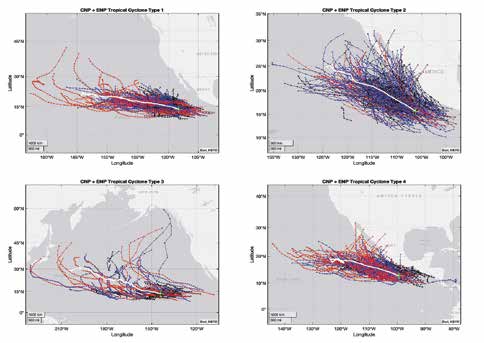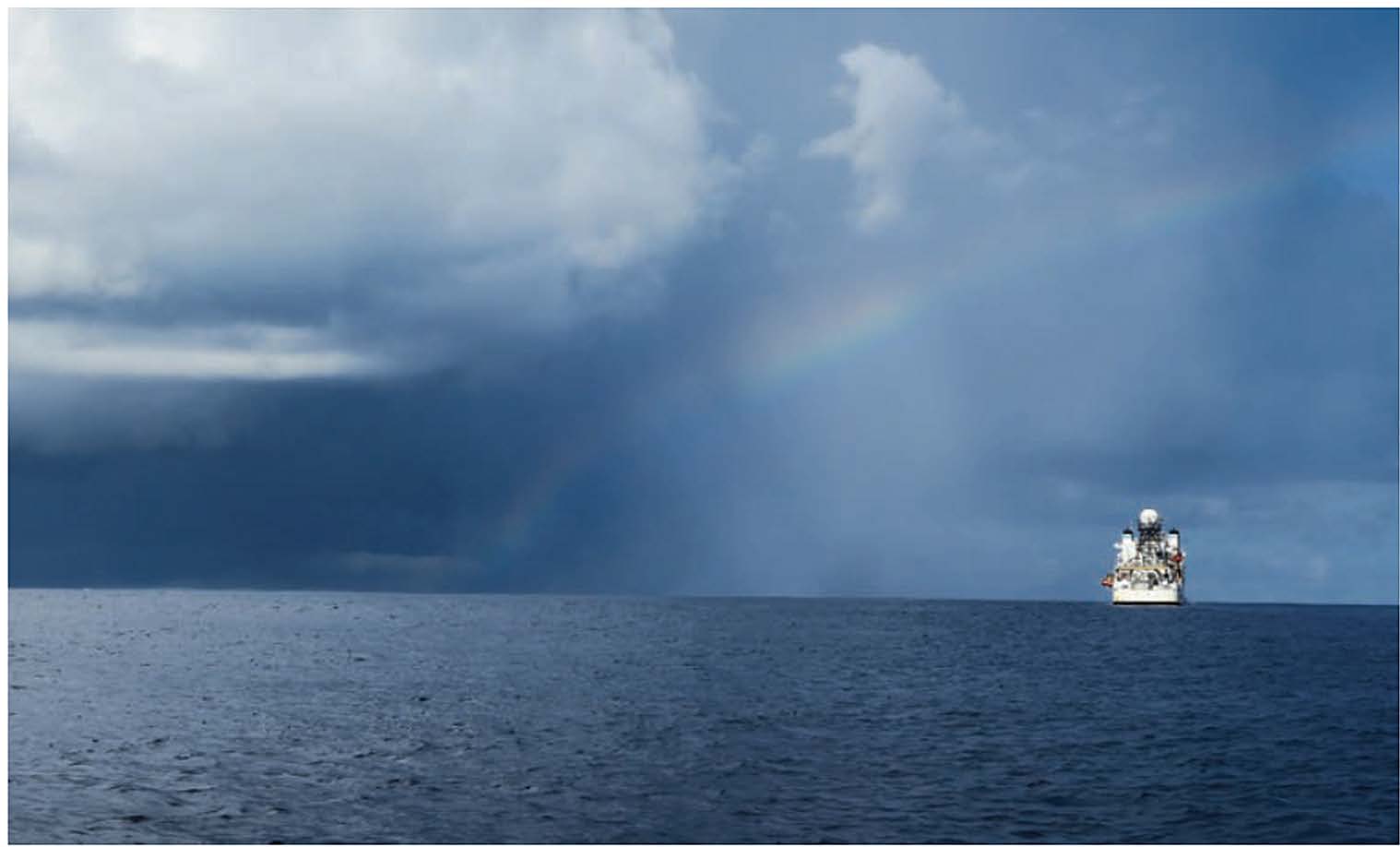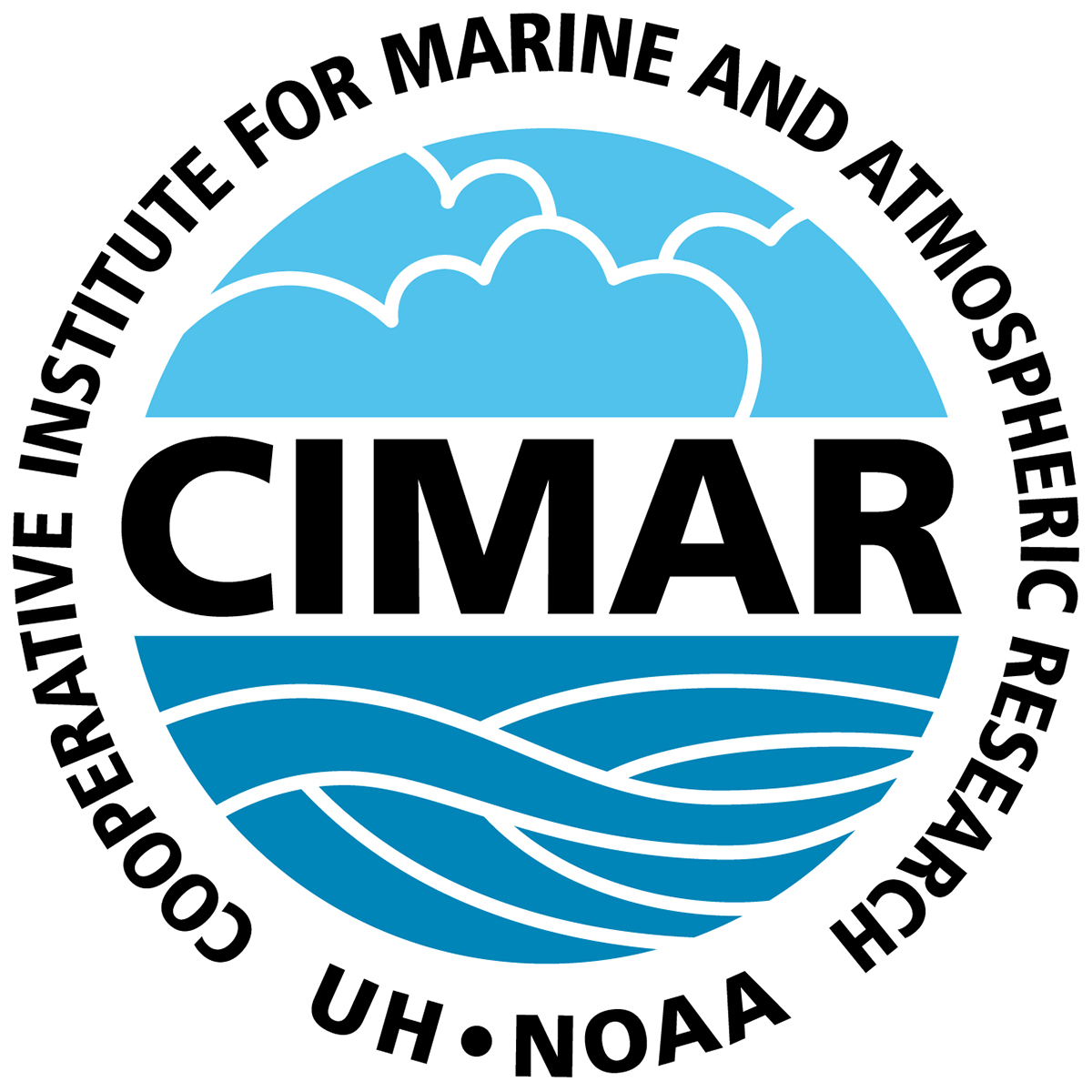Air-Sea Interactions
Researchers focus on multidisciplinary research involving atmosphere-ocean carbon dioxide exchange, water column carbon dioxide distributions and transport, and data interpretation and modeling, emphasizing the Pacific Ocean Basin. Special attention is given to enhancing understanding of the role of the ocean in sequestering the increasing burden of anthropogenic carbon dioxide in the atmosphere and the changes that are occurring due to ocean acidification. Research under this theme will also be directed at using chlorofluorocarbons along with other anthropogenic tracers to study a variety of oceanic processes, including the global uptake of anthropogenic carbon dioxide in the ocean.
North Pacific Tropical Cyclones and the Influences of El Niño
The aim of this study is to gain a better understanding of regional tropical cyclone (TC) activity over the Central North Pacific (CNP) and Eastern North Pacific (ENP). This is achieved by clustering TCs into different track types, and once done, their characteristics are examined to determine patterns in intensity, lifetime, frequency, and other factors. Finally, the environmental influences, such as El Niño/Southern Oscillation, are considered to explain the occurrence of each track type. Overall, track typing of TCs can allow for a better understanding of TC frequency, paths, and intensity in the CNP and ENP.Read more in the Annual Reports.


